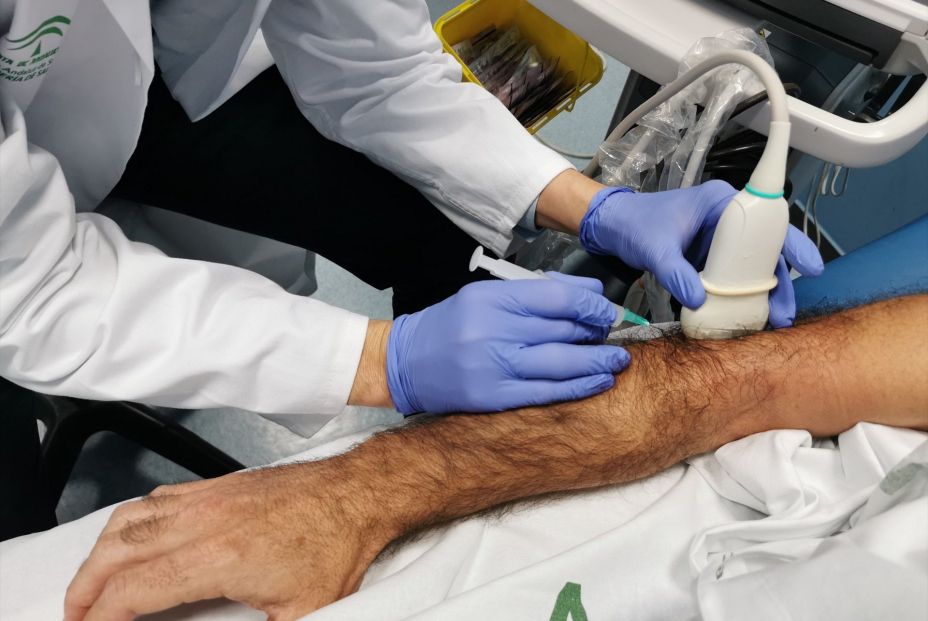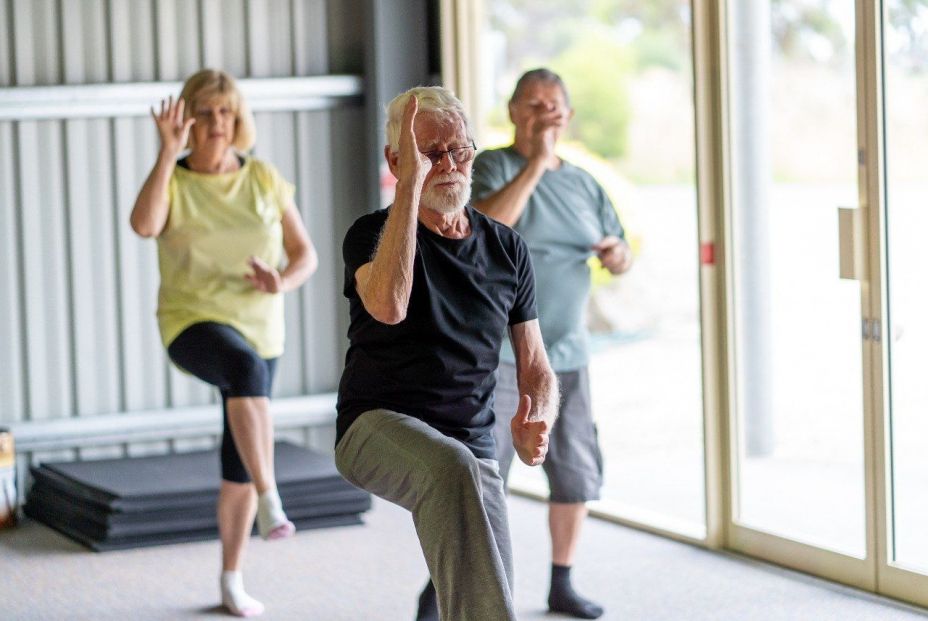They are creating a single-cell atlas of human skeletal muscle.

Researchers from the University of Pompeu Fabra together with teams from scientists from China, USA and Spainstudied gene expression and epigenetics of skeletal muscle cells at different ages to obtain the most comprehensive atlas of single-celled human skeletal muscle to datewhich can help prolong life.
This study provides scientists with the opportunity to identify skeletal muscle cells that may be susceptible to medical intervention, pharmacology and lifestyle. It could, it could influence physical health and help prolong life.
He skeletal muscle this is the motor system key to the human body and plays a fundamental role in regulation of metabolism in the body. With age, especially in individuals over 80 years oldskeletal muscles suffer sarcopeniaprogressive loss of muscle mass and function.
Sarcopenia is not only increases a person’s disabilitybut also interferes with rapid decline in general function in older people, which makes them more fragile. The underlying mechanisms are not well understood. Until now, the biological basis of sarcopenia at the single-cell level has not been systematically investigated.
Analysis of gene expression and epigenetic status
Research teams Pompeu Fabra University (UPF) Barcelona, Altos Labs in San Diego (USA), University of Valencia/INCLIVA and Arnau de Vilanova Hospital in Valencia (Spain), from BGI-Research, the first affiliated hospital of Guangdong Pharmaceutical University (China), Guangzhou Institutes of Biomedicine and Health Sciences (Chinese Academy of Sciences) and other institutions analyzed gene expression and epigenetic status 387,000 individual cells in biopsies muscles of the lower extremities of 31 people of different genders, ages and regional origins.
“As the most comprehensive atlas of human muscle aging at the single cell level to date, this study will reference both in the field of aging and in the field of sarcopenia and frailty.“said the doctor Pura Muñoz-Canoves, studio director.

Human skeletal muscles are composed of V mainly due to muscle fibers (myofibrils), of which there are two types. Type 1 muscle fibers are primarily involved in physical activity with resistancefor example long distance running or cycling.
They are characterized slow speed of muscle contractionA high aerobic metabolism and excellent mitochondrial activity. Type 2 muscle fibers are important during physical activity that requires sudden bursts of strengthsuch as jumping, sprinting and weight lifting. They have speed faster muscle contractionare more prone to fatigue and depend mainly on anaerobic metabolism for energy production.
This work describes how skeletal muscle cell populations change with age, including both individual nuclei in multinucleated fibers and conventional mononucleated cells, as well as the multicellular networks underlying these changes. By comparing this data with genetic data, the team was also able to identify Key elements predicting susceptibility to sarcopenia.
Researchers have found that as people age Type 2 muscle fibers are destroyed constantly during the aging process, with type 1 muscle fibers remain relatively stable and better withstand the stresses of aging.
During the aging process too cellular metabolism is disrupted. While type 1 fibers become more glycolytic, type 1 muscle fibers increase oxidation. It is important to emphasize that with age there are new subtypes of pro-regenerative and pro-degenerative myofibrils. These new populations may contribute to driving the degenerative cascade of muscle aging and are likely targets for intervention.
Muscles can recover on their own
Muscles can recover on their own. This is mainly done by muscle stem cells, which in the event of injury begin to grow and differentiate into musclesfusing with each other or with existing muscle fibers to restore damaged muscles.
Researchers have discovered that these stem cells come out of a state of rest in old muscles and they enter premature priming statewhat causes decreased regenerative capacity.
Meanwhile, with age, endothelial cells also undergo changes with enhancement of pro-inflammatory and chemotactic signalswhile immune cells their number increases and initiates inflammatory programs.
These changes cause the muscles more susceptible to deterioration in response to injury and maybe promote systemic inflammation and accelerate deterioration of the condition general physical functions in older people.

New targets for future diagnosis and treatment of sarcopenia
Additionally, through cross-comparison with genetic data, the researchers identified specific areas of each cell type in chromatin, the mixture of DNA and proteins that make up chromosomes in human cells is associated with susceptibility to sarcopenia. These results give researchers Possible new targets for future diagnosis and treatment of sarcopenia.
“Our joint scientific research provides New perspectives understand human skeletal muscle aging and an exciting scientific basis for developing preventive and therapeutic strategies,” said Dr. Miguel A. Estebanone of the two authors of this study.
“This atlas is a product international collaboration and development of massively parallel single cell profiling technologies“said the doctor Yiwei Lai, first author of the study and member of the Chinese team. “Our mononuclear expression analysis allowed us to study cell populations that could not be characterized by conventional studies, such as the myonuclei of multinucleated skeletal muscle fibers,” he noted. Ignacio Ramirez-Pardoone of the study co-authors from UPF and Altos Labs.
The doctors Marie Carmen Gomez-Cabrera and Julio Domenech-Fernandez (from the University of Valencia/INCLIVA and the Arnau de Vilanova Hospital in Valencia respectively), emphasize that this atlas will also be an important reference material for Future studies in patients with neuromuscular diseases.
“We hope this basis of many subsequent studies to slow or even block sarcopenia, weakness and muscle deterioration in older adults, promoting healthier body aging and longer lifespan,” comments Dr. Muñoz-Canoves.
By further increasing sample size and using muscle samples from other parts of the body in different contexts, the research team aims to create The most comprehensive atlas to improve understanding of muscle function and muscle aging. and instill optimism in addressing the challenges facing an aging society.